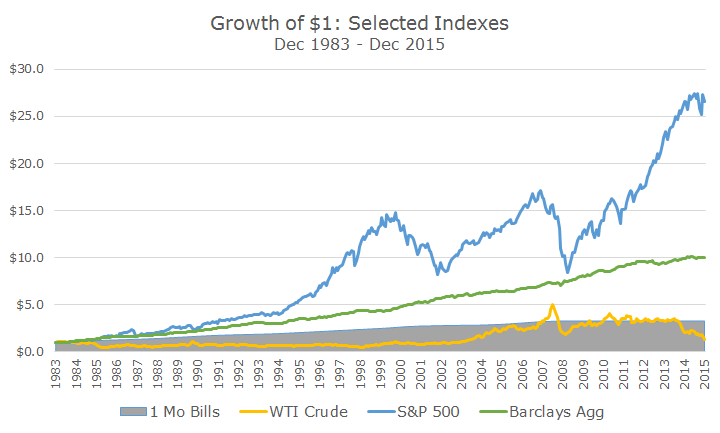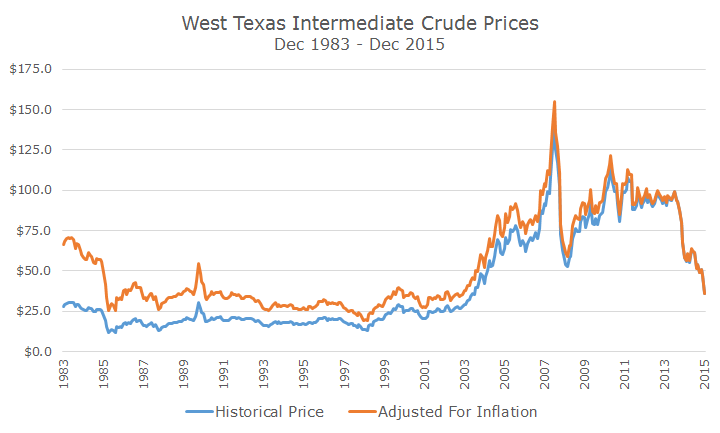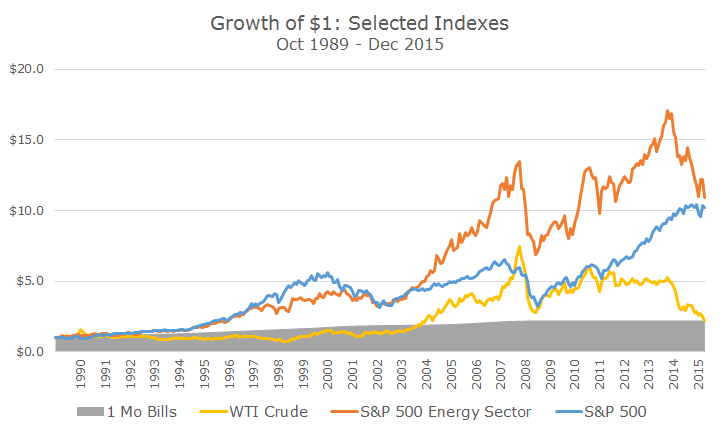http://www.sec.gov/Archives/edgar/data/1396092/000120928615000762/e1791.htm497 1 e1791.htm
Big 4 OneFund
Investor Class Shares (FOUIX)
Institutional Class Shares (FOURX)
Supplement dated December 23, 201
5to the Prospectus and Statement of Additional Information
each dated September 19, 2014
The Board of Trustees (the “Board”) of World Funds Trust (the “Trust”) has approved a Plan of Liquidation (the “Plan”) relating to the Big 4 OneFund (the “Fund”), effective December 23, 201
5. Chicago Partners Investment Group, LLC, the Fund’s investment adviser (the “Adviser”), has recommended to the Board to approve the Plan based on its representations of its inability to market the Fund and the Adviser’s indication that it does not desire to continue to support the Fund. As a result, the Board has concluded that it is in the best interest of the Fund’s shareholders to liquidate the Fund.
In connection with the proposed liquidation and dissolution of the Fund called for by the Plan, the Board has directed the Trust’s principal underwriter to cease offering shares of the Fund immediately as of the date of this Supplement. Shareholders may continue to reinvest dividends and distributions in the Fund or redeem their shares until the liquidation.
It is anticipated that the Fund will liquidate on or about December 31, 201
5. Any remaining shareholders on the date of liquidation will receive a distribution of their remaining investment value in full liquidation of the Fund. If you have questions or need assistance, please contact your financial advisor directly or the Fund toll-free at 1.800.673.0
550.
IMPORTANT INFORMATION FOR RETIREMENT PLAN INVESTORS
If you are a retirement plan investor, you should consult your tax advisor regarding the consequences of any redemption of Fund shares. If you receive a distribution from an Individual Retirement Account or a Simplified Employee Pension (SEP) IRA, you must roll the proceeds into another Individual Retirement Account within sixty (60) days of the date of the distribution in order to avoid having to include the distribution in your taxable income for the year. If you receive a distribution from a 403(b)(7) Custodian Account (Tax-Sheltered account) or a Keogh Account, you must roll the distribution into a similar type of retirement plan within sixty (60) days in order to avoid disqualification of your plan and the severe tax consequences that it can bring. If you are the trustee of a Qualified Retirement Plan, you may reinvest the money in any way permitted by the plan and trust agreement.
This Supplement, and the existing Prospectus dated September 19, 2014, provide relevant information for all shareholders and should be retained for future reference. Both the Prospectus and the Statement of Additional Information dated September 19, 2014 have been filed with the Securities and Exchange Commission, are incorporated by reference, and can be obtained without charge by calling the Fund toll-free at 1.800.673.0
550.


